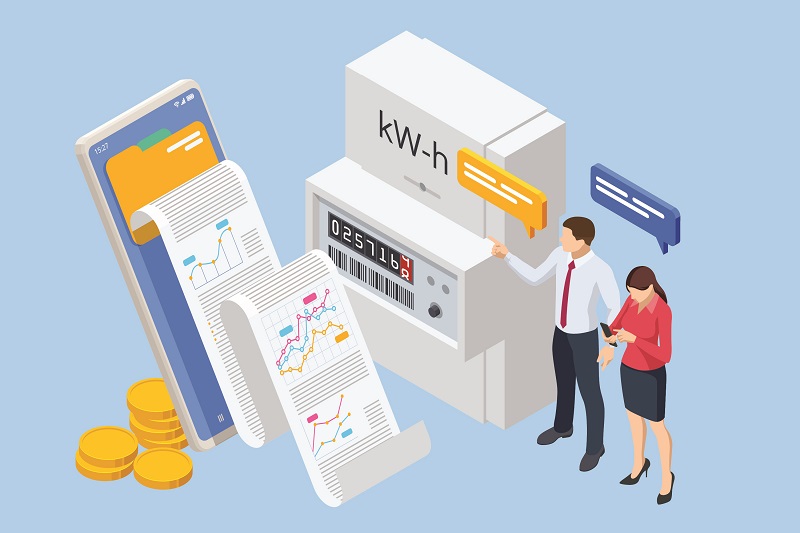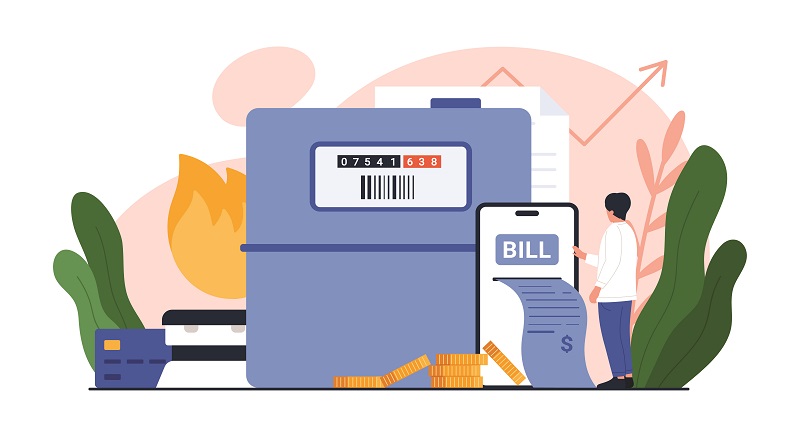
Subscription billings can simplify the customer buying process and are useful for many businesses, including SaaS companies. However, choosing the right pricing model can be tricky for SaaS businesses due to varying customer usage.
To understand in detail, read more about SaaS subscription management software (https://www.togai.com/solutions/pricing-model/subscription-management/) here.
Consider this scenario:
When providing cloud computing services to enterprise-level customers, you receive a monthly fee from your clients. However, during certain months, a handful of customers use your services excessively, causing a significant increase in your operating costs.
Isn’t it unfair that these customers pay a fixed subscription fee, although their usage can vary greatly? This is the challenge with subscription billing. It is difficult to predict how customers will use the service, and it is also difficult to control it.
This is where metered billing proves to be the better option, especially for software businesses and SaaS companies. For a better understanding, let’s break down metered billing, its benefits, and challenges.
What is Metered Billing & its Significance for SaaS Businesses?
Metered billing is a pricing model that charges the customer on the amount of product or service they have used.
Metered billing has been implemented for ages to bill the amount of water, electricity, or gas you consume within a time frame. With metered billing, you subscribe to a product plan with a base price for a certain usage limit. When you cross this limit, you will be charged extra for every additional unit of consumption.
For instance, if a cloud service storage provider charges you $5 for 10 GB of cloud storage under the Basic Plan, you will be billed extra if your storage usage exceeds the 10 GB limit.
Metered billing is popular in the B2B SaaS landscape, with big names like Amazon Web Services (AWS), Snowflake, and Twilio using it for their billing purposes.
Now that we’ve explored the basics of metered billing, our next section explains the various types under this billing model.
Types of Metered Billing With Use Cases
1. Per-unit billing
In this type of metered billing, users are charged a price for every single unit of consumption. The unit differs as per the provider’s offerings. For example, Twilio, the VoIP platform, charges for every minute, and AWS charges for every API used.
2. Overage billing
In this type, users pay for a fixed quantity of units and additional charges for every extra unit consumed. Matomo, the web analytics platform’s charges are based on the number of page views for a site. Users pay an overage charge for every extra pageview.
3. Volume billing
In volume-based billing, per-unit charges vary based on total usage during the billing cycle. A good example is The Checker, a tool used for email list verification that charges users based on the number of emails in their list. Users can also purchase ‘bulk credits’ for future use.
4. Tiered billing
In tiered billing, the pricing is structured in tiers. Each tier is priced differently, with specific limits. When users reach the limit of one tier, they are automatically upgraded to the next tier, which has additional features and functionalities.
For example, Mailgun, the email service provider, offers differently priced tiers. Customers can choose a tier that allows a certain number of transactional emails. They will pay $.80 for every additional thousand emails when they cross the threshold.

How Does Metered Billing Help SaaS & Software Businesses?
Metered billing is a great way to boost your revenue and keep your customers happy if you are in the SaaS and software businesses. According to experts from the leading metering and billing platform, Togai (https://www.togai.com/), the model allows you to charge your customers purely based on their consumption of the product or service. Hence, there are no hidden costs for the customers, who can also control their expenses to use your offerings.
This compelling and worthwhile billing model has other advantages, too, as explained in detail by Togai:
- Facilitates higher Customer Lifetime Value (CLV).
CLV is a vital parameter for SaaS businesses. If your company is suitable for metered billing, implementing it could boost your CLV. A higher CLV is a consequence of improved data and reporting on customer behavior. Real-time tracking of customer usage allows you to gather insightful analytics to further use to influence customer behavior for higher CLV.
- Empowers customers.
Most customers do not like being limited and locked by contracts. Metered billing allows you to sweeten the deal by providing something extra or by simplifying their decision-making process. This is a major advantage for SaaS businesses, as customers can easily become overwhelmed by the complexity of available options, billing periods, and payment methods.
- Drives revenue.
SaaS businesses that combine subscription and metered billing models to charge their customers can generate additional revenue on top of their standard subscription model. This approach has two major advantages:
- Revenue predictability
- Additional revenue for every unit of additional usage.
- Increases customer satisfaction.
Metered billing charges customers only on the actual product usage. Therefore, customers are aware of what they are paying and why. The transparency gives them more control over their expenses, resulting in satisfaction and higher customer retention.
Now that you know how advantageous metered billing can be for your SaaS business, you may want to implement it. However, it is imperative to take a strategic approach before embracing this billing model.
Criteria to Consider Before Implementing Metered Pricing
You can successfully implement and practice metered pricing if:
- Your products or services can be broken down into individually-priced units.
- Your customers understand the pricing model and if it meets their requirements.
- If your customer consumption does not adversely impact your operating costs.
- If your customers can consistently make purchases to generate a predictable monthly revenue.
If your business meets all the criteria outlined, then metered billing is the perfect fit. You can confidently proceed with implementing it.
